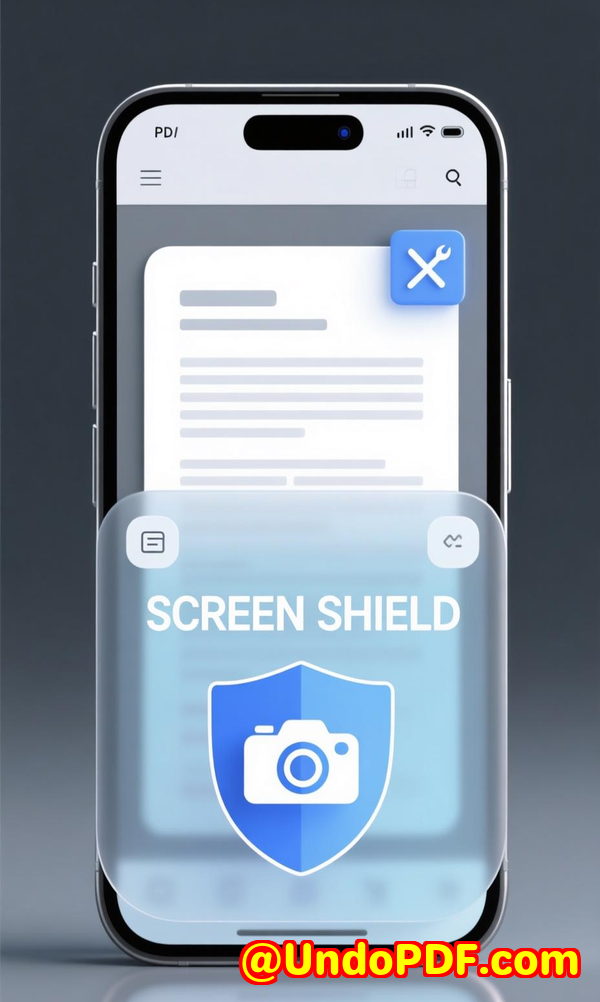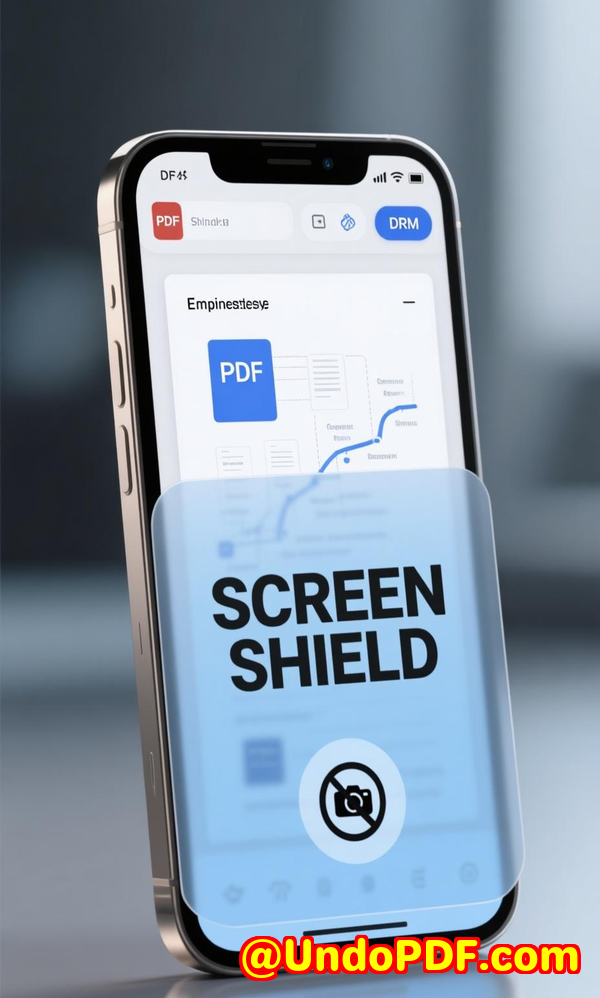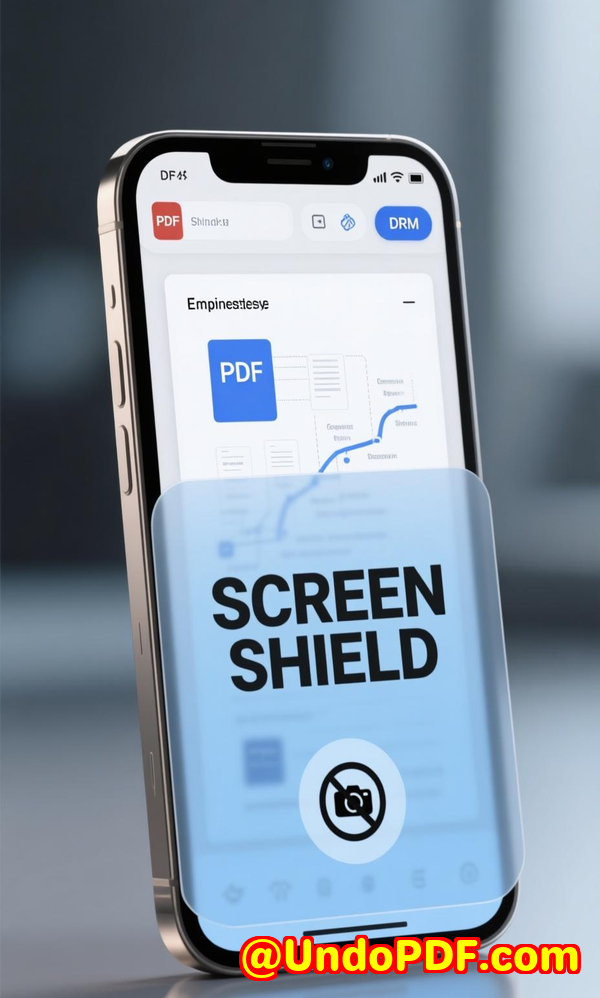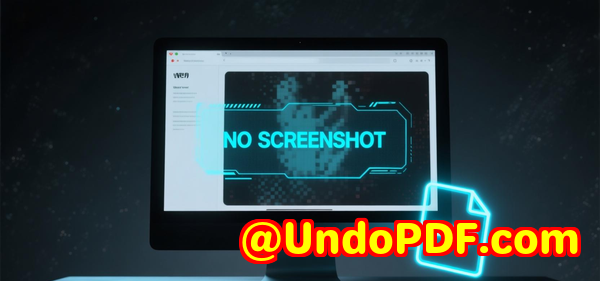Protect confidential PDF sales data from screenshots with DRM access control and tracking
Protect Confidential PDF Sales Data from Screenshots with DRM Access Control and Tracking
Keep your PDF sales data secure with VeryPDF DRM Protector’s Screen Shield, access control, and tracking features to prevent unauthorized screenshots.
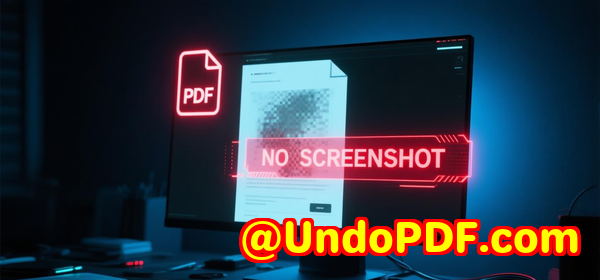
Every time I sent out confidential sales reports or financial projections to our remote team, a knot formed in my stomach.
Even with password-protected PDFs, I kept imagining someone taking screenshots and sharing sensitive data without my knowledge.
I knew the risks: leaked pricing strategies, client information, and revenue forecasts could cost my business big time.
I tried a few common PDF security tools. Some blocked printing, others limited downloads, but screenshots? Those always slipped through.
That’s when I discovered VeryPDF DRM Protector with Screen Shielda game changer for protecting confidential PDF sales data.
Why Screen Shield Changed How I Secure PDFs
VeryPDF DRM Protector isn’t just another PDF security tool.
It’s designed for businesses that need tight control over sensitive documents and want to prevent screenshots in real time.
Here’s what stood out the first time I used it:
-
Screen Shield for Screenshot Prevention
Screen Shield reduces the visible area of the PDF with a movable filter.
When someone tries to screenshot, the content is automatically blurred or hidden.
I experimented with different viewable areas20%, 35%, 50%and it really slows down anyone attempting to capture the whole document.
-
Dynamic Watermarking
Every file I send can be watermarked with the recipient’s email, IP address, and even the date and time it’s viewed.
It’s subtle but effective. I once sent a pricing report to a distributor, and seeing their own email stamped on each page made them double-check before sharing externally.
-
Access Control & Recipient Verification
I can set up files to be accessible by invitation only, with email verification or an extra password.
Need to revoke access? Easy. A quick click, and the document is off-limits.
This gave me peace of mind when I mistakenly shared a financial forecast with the wrong personno harm done.
-
File Tracking and Analytics
One of the coolest features is the analytics dashboard.
I can see exactly who viewed a file, when, for how long, and whether it was printed or downloaded.
For example, last month I tracked a critical sales proposal and noticed one team member reviewing it multiple times over several days.
This insight helped me follow up promptly and close the deal faster.
-
Cloud Integration & File Management
Uploading multiple files from Dropbox, Google Drive, OneDrive, or Box is seamless.
I replaced a version of a quarterly report after spotting a typo, and the recipient automatically got the new version without me resending emails.
Compared to other tools I tried, this streamlined versioning alone saved me hours.
Real-World Scenarios Where Screen Shield Shines
If you handle confidential sales PDFs, this tool is gold. Here’s how I use it in practice:
-
Internal Sales Reports
Every quarter, I distribute performance reports to my team.
With Screen Shield enabled, I don’t worry about screenshots ending up in client hands.
-
Pricing Strategies
Our pricing sheets are highly sensitive.
Screen Shield ensures recipients can’t capture and stitch pages together for competitors.
-
High-Stakes Contracts
I’ve used VeryPDF DRM Protector when sending draft contracts to external partners.
The combination of access control, revoking permissions, and watermarks prevents leaks and maintains confidentiality.
-
Exam or Assessment Documents
While not sales-related, this feature is brilliant for academic testing.
Schools and exam boards can protect question papers from being screenshotted or copied.
How VeryPDF Outperforms Other Tools
Before I found VeryPDF DRM Protector, I tried other PDF security solutions. Here’s how they compare:
-
Traditional PDF security: Often just password protection. Easily bypassed with screenshots or PDF unlockers.
-
Other DRM solutions: Some block printing or downloads but allow full-screen screenshots.
-
VeryPDF DRM Protector: Stops screenshots, controls access, tracks views, and integrates dynamic watermarkingall in one solution.
I remember a time when a competitor tool failed to block a colleague from taking screenshots of an entire pricing deck.
With Screen Shield, I tested the same scenarioonly 20% of the page was visible at a time.
It was nearly impossible to capture the full document, which is exactly the protection I needed.
My Personal Workflow with VeryPDF DRM Protector
Here’s how I integrate it into my daily workflow:
-
Upload File: PDFs, images, Word docs, Excel sheetseven videos can be uploaded.
-
Set Security Parameters: Decide on access control, screen shield settings, watermarking, and expiration dates.
-
Send Invites: One recipient or a thousand, automated invitations make it painless.
-
Monitor Activity: Check analytics to see who opened the file, for how long, and if any print/download attempts occurred.
-
Update or Revoke: Replace the file with a new version or revoke access instantly if needed.
It’s saved me hours of follow-ups, prevented potential leaks, and made sharing sensitive information stress-free.
Why I Recommend VeryPDF DRM Protector
If you handle highly sensitive sales data, intellectual property, or financial reports, this is a must-have tool.
-
Prevents screenshots with Screen Shield
-
Tracks recipient activity in real time
-
Controls file access with invitations, passwords, and expiry settings
-
Adds accountability with dynamic watermarks
-
Streamlines versioning and updates
I’d highly recommend this to anyone who deals with large volumes of PDFs or confidential documents.
Click here to try it out for yourself: https://drm.verypdf.com/
Custom Development Services by VeryPDF
VeryPDF offers tailored development services to meet your specific PDF and document management needs.
Whether it’s Linux, macOS, Windows, or server environments, VeryPDF can create custom solutions using Python, PHP, C/C++, Windows API, Linux, Mac, iOS, Android, JavaScript, C#, .NET, and HTML5.
They specialise in Windows Virtual Printer Drivers for PDF, EMF, and image formats, as well as print job capturing and monitoring tools.
Other services include system-wide and application-specific hook layers, document format processing (PDF, PCL, PRN, Postscript, EPS, Office), barcode recognition and generation, OCR, layout analysis, report and form generation, cloud solutions, and advanced PDF security and DRM protection.
For customised solutions, contact VeryPDF at https://support.verypdf.com/.
FAQs
Q1: Can Screen Shield completely prevent screenshots?
A1: While it significantly reduces the risk, no tool can guarantee 100% prevention. Screen Shield makes screenshots difficult and discourages attempts by limiting the viewable area.
Q2: Can I revoke access after sending a file?
A2: Yes. You can instantly revoke access if the document is sent to the wrong recipient or circumstances change.
Q3: Does VeryPDF DRM Protector support multiple file types?
A3: Yes. You can secure PDFs, Word, Excel, PowerPoint, images, and even videos.
Q4: Can I combine Screen Shield with watermarks?
A4: Absolutely. Dynamic watermarks can be added to show recipient details, creating an extra layer of accountability.
Q5: How do I track who viewed my files?
A5: The platform provides detailed analytics, showing who accessed the document, from where, for how long, and if it was printed or downloaded.
Tags / Keywords
PDF screenshot protection, DRM access control, Screen Shield, VeryPDF DRM Protector, secure PDF files, prevent PDF leaks, dynamic watermark, confidential document security, PDF tracking, access control
